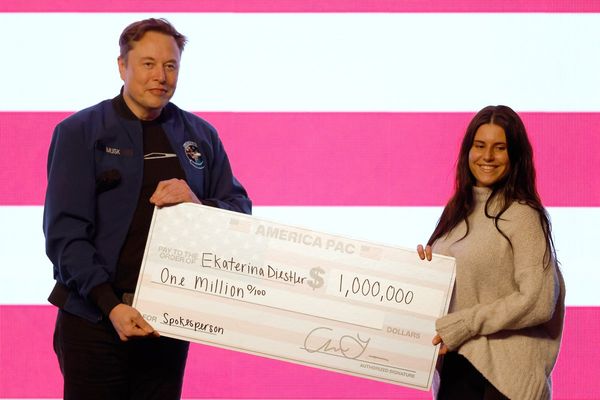
More Australian businesses are adopting electric heavy-duty trucks but the industry still risks missing its emissions reduction target, experts warn.
Supermarket giant Coles and recycling firm CD Dodd are the latest companies to add electric prime movers to their transport fleets in Victoria and Western Australia, under changes announced last week.
Another 150 heavy-duty zero-emission trucks are expected to follow in 2025, according to Volvo, despite restrictions in some states and inconsistent laws in others.
The updates come weeks after the Transition to Electric Vehicles inquiry heard calls for the federal government to provide greater support for the use and purchase of electric trucks, including charging infrastructure and financial incentives.
Coles is adding a battery-powered prime mover to its Victorian delivery fleet in partnership with Linfox, and chief operations officer Matt Swindells said the addition would save 25,000 litres of fuel each year.
Mining metal recycling firm CD Dodd also announced plans to deploy a heavy-duty electric truck in its operations, with the Volvo FM electric truck able to transport 50 tonnes of freight for up to 300km per charge.
The investments show transport companies are keen to embrace fuel-saving technology, adding to the 65 heavy and medium-sized electric trucks already on Australian roads, Volvo Group president Martin Merrick said.
Local companies had placed another 150 orders for large electric trucks to arrive in 2025, he said, but the figure could be larger if state, territory and federal governments worked to provide consistent rules for their use.
Governments in Queensland, NSW, Victoria, South Australia and ACT have changed front axle weight restrictions to allow electric trucks, although the rules vary.
"I'm urging government at all levels to work with industry and academia to find harmonised legislation regarding working with axle weights," Mr Merrick told AAP.
"We could increase dramatically the adoption rate of zero-emission trucks in Australia."
Financial incentives to help businesses swap their old diesel trucks for modern electric models would also cut Australia's growing transport emissions and meet climate targets, Mr Merrick said.
"To reach net-zero emissions by 2050, we will need zero tailpipe emissions from electric vehicles," he said.
"With some incentives and harmonised legislation, I absolutely am convinced we can get there."
Investing in public charging infrastructure, or encouraging its development, could also boost the number of low-emission freight vehicles, Frazer-Nash Consultancy mechanical engineer Marceline Overduin said.
A digital model accounting for a host of transport factors, such as a truck's battery capacity and payload, route topography and gradient, she said, would help to identify the best location for charging investments.
"There's a real chicken-and-egg problem going on," Ms Overduin said.
"The infrastructure rollout is going to be the thing that breaks that cycle and if that happens bit by bit, rolling out a number of different sites along a single highway like the Hume, there are opportunities there."
Road freight accounts for 38 per cent of all transport emissions in Australia, according to the Australian Trucking Association, and 23 per cent of transport fuel consumption.
The parliamentary inquiry into electric vehicles recently heard testimony from groups including Heavy Vehicle Industry Australia and Australian Clean Energy Electric Vehicles Group, which called for greater support for larger low-emission vehicles.







